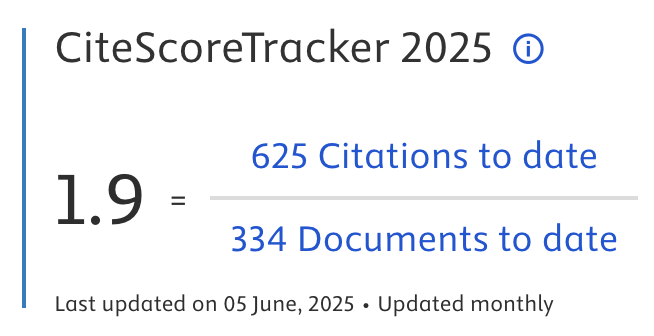Modeling Ramadan Hilal Classification with Image Processing Technology Using YOLO Algorithm
Abstract
This research aims to create a model for classifying hilal using the YOLO algorithm. The determination of the beginning of the month of Ramadan is an important aspect of the Islamic calendar that has an impact on the implementation of fasting. With technological advances, especially in image processing, there is potential to overcome the limitations of conventional methods currently used in hilal detection for determining the beginning of Ramadan. This research uses the prototyping method in its implementation. The dataset in this research comes from videos on the BMKG Youtube channel and images from various sources such as NASA Planetary Data System and Google Images. YOLOv5 and YOLOv8 algorithms are used to develop the object detection model. The novelty of this research is the use of the YOLO algorithm with video datasets to detect hilal to determine the beginning of the month of Ramadan and Shawwal. The best-performing model, YOLOv5m with 100 epochs and a batch size of 30, achieved a precision of 0.838 and a mAP of 0.5-0.95 of 0.735. The results indicate that YOLOv5m is more effective in hilal detection, providing a novel approach to determine the beginning of Ramadan and Shawwal with greater accuracy and consistency. This integration of advanced object detection technology with religious practice offers a significant improvement over traditional method.
Article Metrics
Abstract: 364 Viewers PDF: 549 ViewersKeywords
Full Text:
PDFRefbacks
- There are currently no refbacks.

Journal of Applied Data Sciences
| ISSN | : | 2723-6471 (Online) |
| Collaborated with | : | Computer Science and Systems Information Technology, King Abdulaziz University, Kingdom of Saudi Arabia. |
| Publisher | : | Bright Publisher |
| Website | : | http://bright-journal.org/JADS |
| : | taqwa@amikompurwokerto.ac.id (principal contact) | |
| support@bright-journal.org (technical issues) |
 This work is licensed under a Creative Commons Attribution-ShareAlike 4.0
This work is licensed under a Creative Commons Attribution-ShareAlike 4.0





.png)